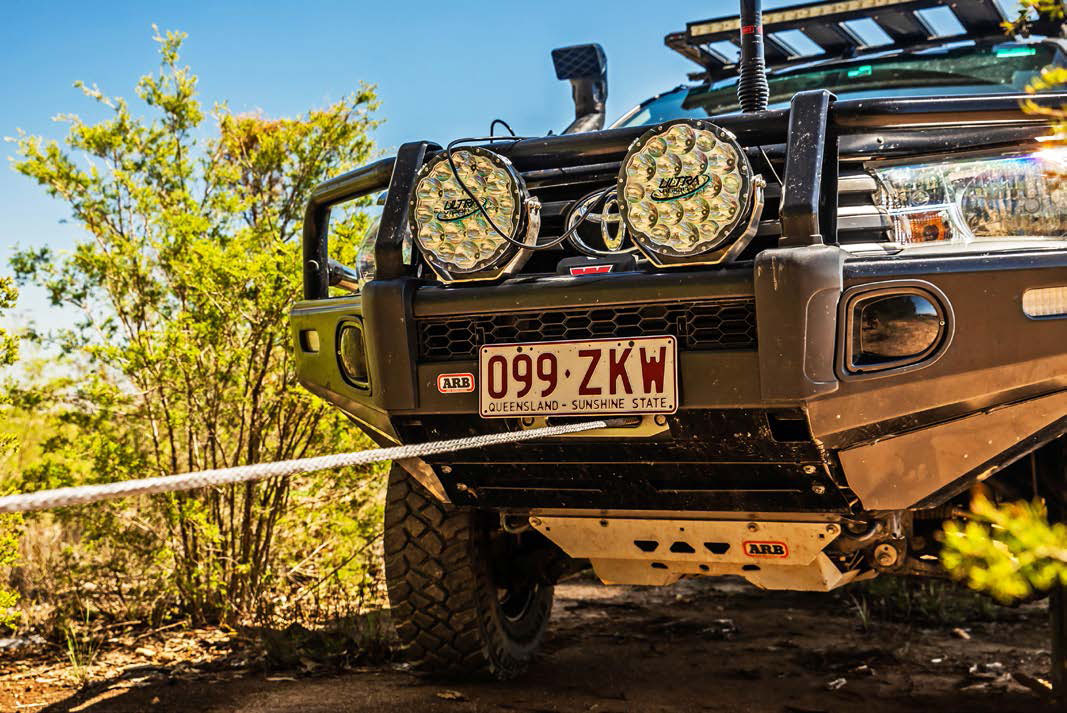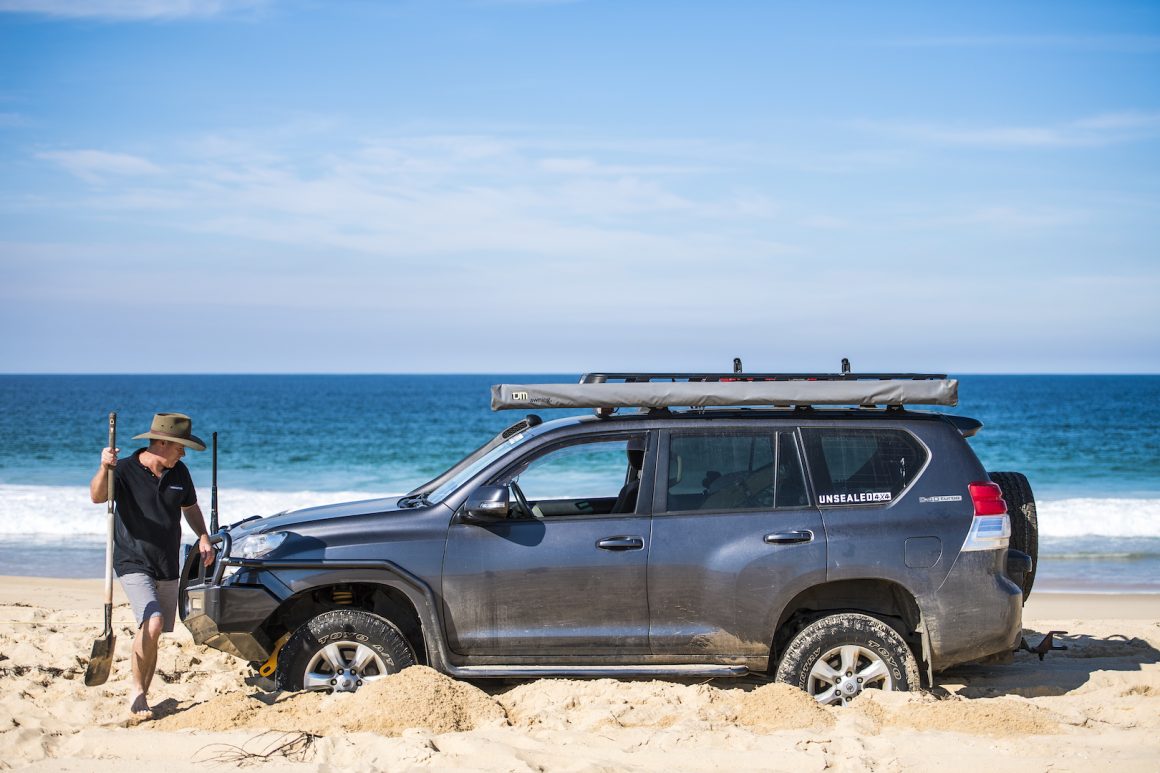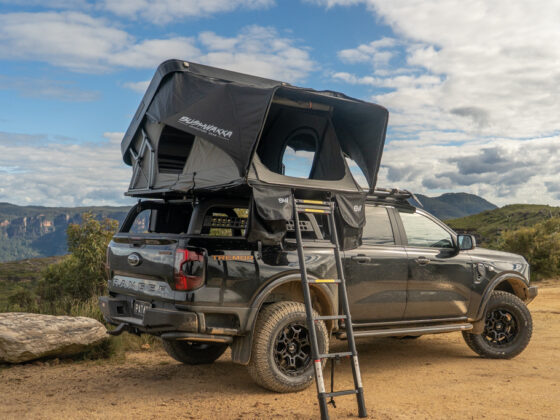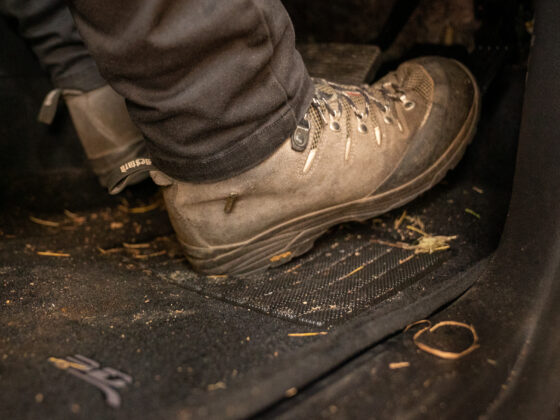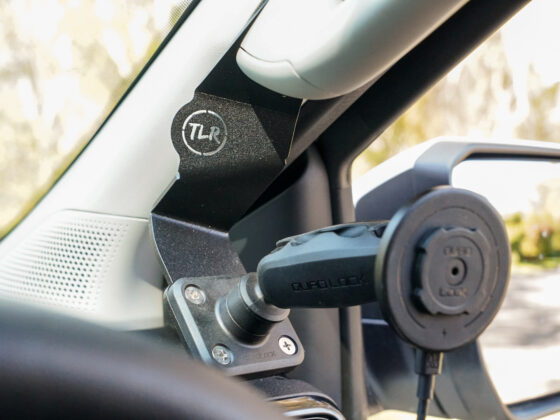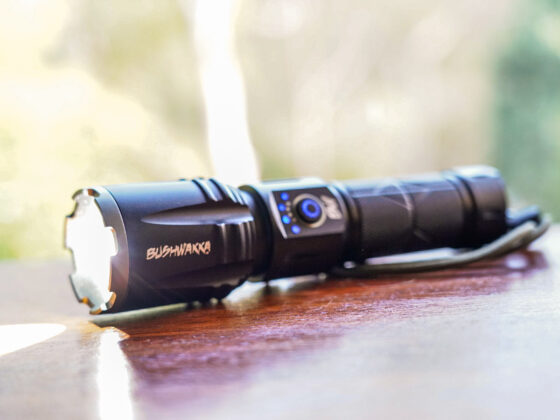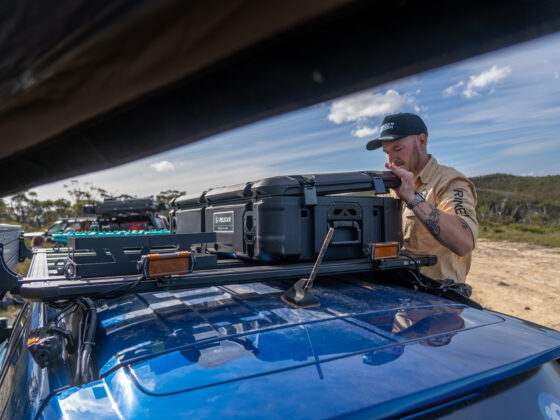Now is a great time to perform some regular winch maintenance to save it from a premature end.
With a fair bit of rain about lately it’s a good time to sit down and talk about winch maintenance. We’re not talking about a full rebuild but a bit of quick maintenance that you should perform every couple of months, especially after a solid bit of rain or if you’ve done a few creek crossings, or right before a big trip. We’ll look at a more thorough strip-down winch service down the track, one that you’ll want to do every couple of years, but this is what you need to be doing every other month to keep your winch in tip-top shape.
Simply put, your winch is an electromechanical device that for a lot of folks just sits bolted to the front of their four-wheel drive without a second thought, until it’s needed. Chances are, that moment you are up the creek without a paddle or a boat, and you reach for the winch controller, it will let you down.
We need to think of a winch like our four-wheel drives. If you go overseas for months on end, chances are you’ll have someone come and start your 4X4, run it around the block, just to recharge the battery and get the oil moving around the engine, right? The same needs to be done to your winch. The electric motor on the front can and will take in water and moisture (whether from rain, creek crossings or it being humid over the warmer months). That moisture can lead to corrosion rather quickly if not taken care of.
Depending on the brand of winch you’ve got, your manual may say anything from ‘perform winch maintenance every month’ to ‘the winch is completely sealed and never needs to be maintained’. One of these is right and one is wrong. Case in point, some of the most trusted and most expensive winches in the world absolutely suggest you perform maintenance on them at least bi-monthly.
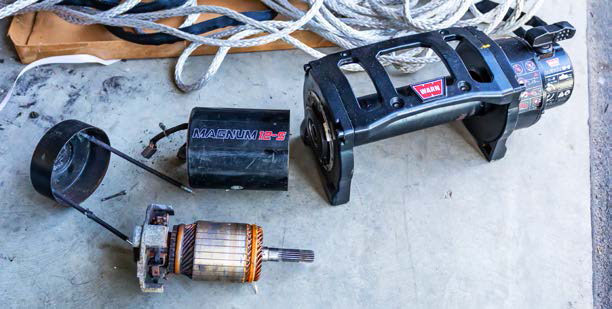
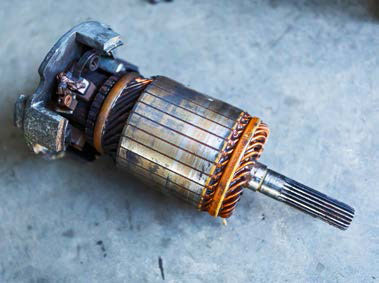
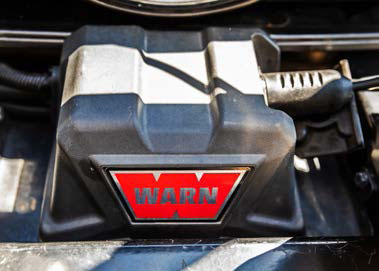
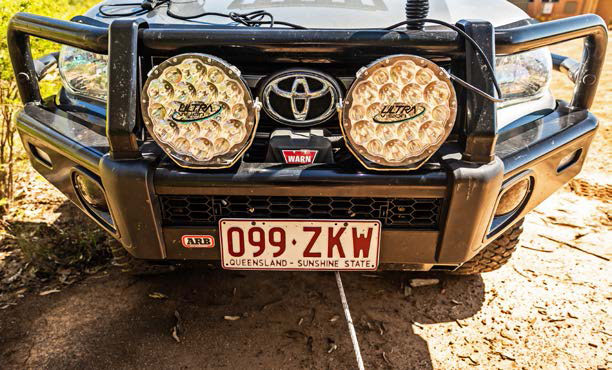
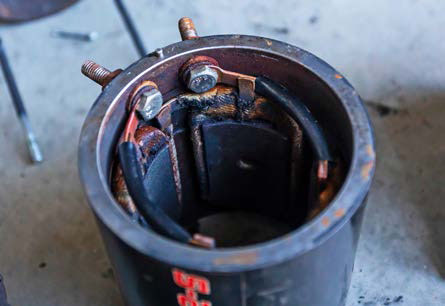
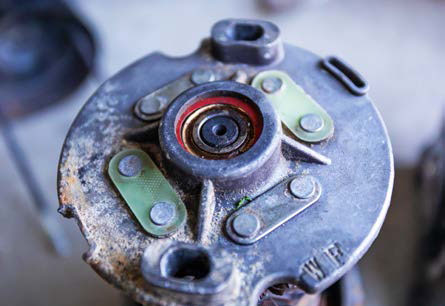
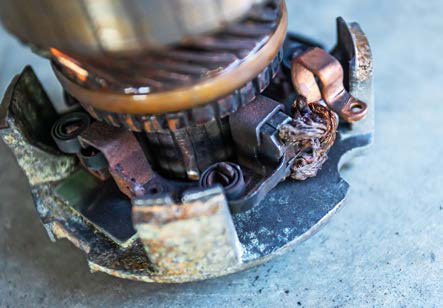
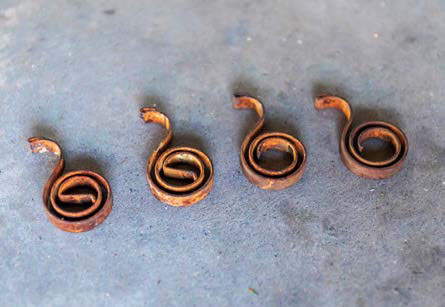
How to perform winch maintenance
Most of the maintenance you want to perform on your winch involves just checking things are how they should be, whereas some of it involves a bit of time and a tree. So let’s get into it.
First off, you’ll want to have a look at your battery terminals where you’ve connected the winch. Ensure they’re tight and free of corrosion. Then you should follow the main power cables to the control box, ensuring that they are not contacting or rubbing on any part of the body or chassis, and that they are well secured. From there, you’ll want to ensure that the cables from the control box to the winch motor casing are also clean, corrosion-free and remain tightly connected to the terminals on the winch housing. From there you’ll want to engage and disengage the clutch on the gearbox end of the winch, ensuring that it engages and disengages freely and smoothly. Now that we’ve got the inspection part out of the way, we need to go and run it out and back in again; this is where we need a tree.
Start off by connecting up a tree-trunk protector to a tree, and attaching your winch rope to the protector. The protector isn’t absolutely critical as we’re not putting too much tension on the rope and tree, but if you’ve got one on hand, use it. From there, you can either disengage the clutch and slowly reverse your 4X4 back from the tree, letting the rope unspool itself, or leave the clutch engaged, and feed the rope out with the motor.
Once you’ve unspooled the rope, down to about the last five turns around the drum (usually signified by a change in colour of the rope or wire) re-engage the clutch, and start to spool the rope back on using the winch to pull it back in. What is important here is to do this with tension on the cable/rope. You can do this by either spooling off the rope down a hill, and using gravity to add the tension as you winch back in, or you can lightly nurse the brake or pull the handbrake up a touch to add tension. This achieves two things: first, it will spool your rope on nice and tight, so when you do need to use the winch in anger the rope won’t be able to bind or pull through lower levels of rope on the drum and get hung up. The other thing it does is it generates a fair bit of heat which will remove any moisture or water in the motor and winch, and it also lubricates everything in the winch as the drum, gearbox, motor and bearings/bushes turn.
What about my new winch?
It’s pretty critical that you do some winch maintenance on your brand spanking new winch too. This is for a few good reasons; firstly, the rope and wire on the drum is put there at the factory, and it’s done so it looks neat and tidy, but under no tension. So if you go to use it in anger before it’s been rewound on under load, you’ve got a good chance of pulling the top layer of rope down through the lower looser layers and binding up your rope, and also damaging it. The second reason is that you get an understanding of where everything is located, including the control box, hand controller socket, wiring and clutch. You get to put eyes over them, make sure everything is nice and tight and hasn’t been mucked up when it was installed, and that everything works as it should. Plus it’s better to have already worked this stuff out when you’re sitting on a bit of solid ground than when you’re up to your diffs in mud and muck with slop leaking through your door seals.
Hopefully this has given you a bit of an idea on how to go about regular winch maintenance… and make sure you do it every couple of months. A final thought from us is that if you don’t do any maintenance, and your winch motor seizes or corrodes beyond repair, you won’t get any warranty on it, so your brand spanking 12-month old winch could be a thousand dollar paperweight if you don’t look after it!
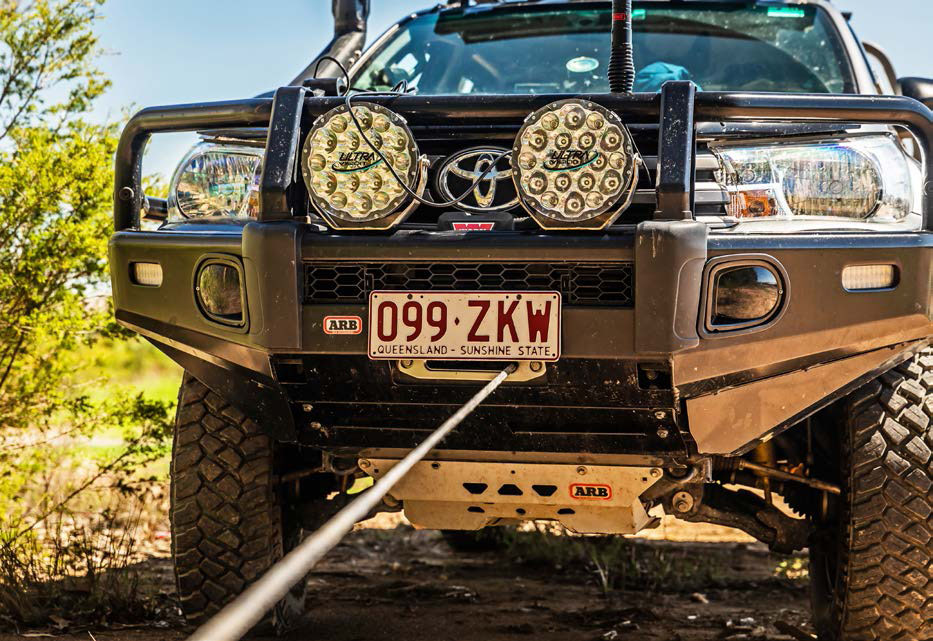
WORDS BY WES WHITWORTH, IMAGES BY WES WHITWORTH AND FROM PAT’S ARCHIVE



